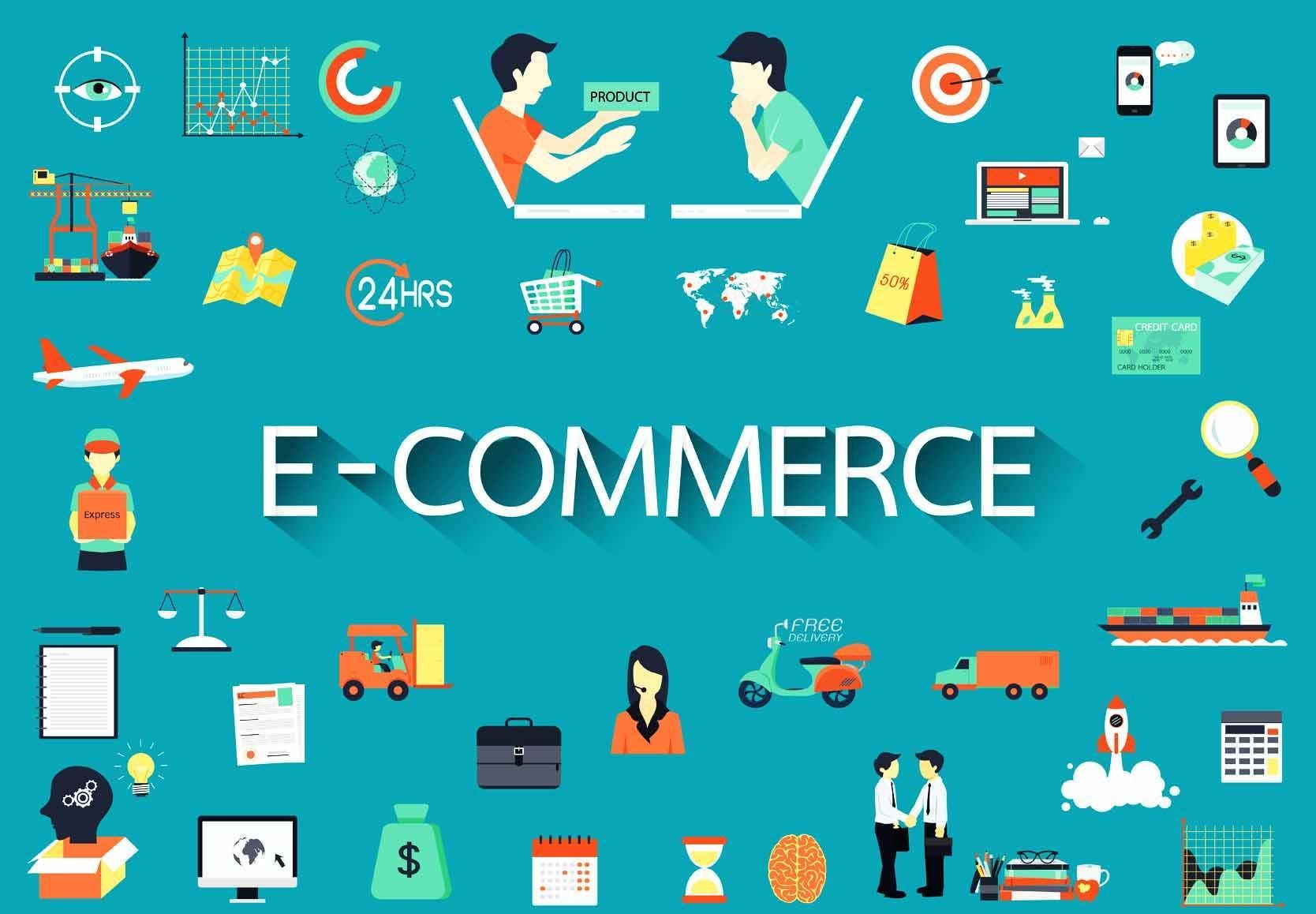
Seven Elements That Will Transform The Ecommerce Industry For The Rest of The Year
The past six months have been a rollercoaster in the eCommerce industry. So much has happened — with big brands like Facebook, Google, and Shopify upgrading and launching new arms of businesses, to other progressive developments. This positive growth can be attributed to the impact the coronavirus has on eCommerce. The pandemic has had a powerful influence on businesses, with many physical stores moving their camps online. In such a short time, eCommerce went from being an option to being the only choice. Even as sectors like fashion, tourism, entertainment are fighting to stay afloat, many others witnessed major growth spurts and are thriving profitably.
Businesses that deal with groceries, DIY equipment, fitness gear, and essential items grew the most, as the pandemic caused an endless demand for these products. Tesco, a leading retail firm, saw a 90% growth in online sales in May this year as compared to 2019. There are speculations that life will return to the way it was before the pandemic, with physical shopping, commuting, and office work, but the change the eCommerce sector has seen in these past few months seems to be a permanent one.
Here are seven elements for success online vendors can take into consideration for the rest of 2020
No. 1 – Data and Artificial Intelligence

With the rising traffic to online stores, businesses using data to understand behavioral patterns are miles above their counterparts. These businesses also gain and retain new customers fast. Data helps vendors offer tailored items to interested shoppers. AI also does the same. With carefully curated algorithms, online stores are harnessing the power of tailored advertising. Shoppers usually have the inclination to buy only the products they are interested in. Displaying such products to them through tailored ads converts these potential shoppers to actual customers in record time.
No. 2 – Expertise in Tech
Workers skilled in tech roles are in high demand globally. Some of the wealthiest people in the world today made it big through tech and still depend on it ‘til date. Since March when the pandemic hit, eCommerce sales have hit the roof. Businesses are expanding and upgrading to accommodate this new level of growth and digitally skilled workers are needed everywhere to execute new strategies. The demand is particularly higher than the available workers to match the supply and at this point, businesses are opening up positions to hire skilled remote workers.
No. 3 – Personalization

Personalization works best when you have a large inventory where shoppers are inclined to get lost in the search for products they are interested in. Displaying products tailored to them helps them decide quickly and make purchases. The great thing about personalization is that it is fairly easy to set up and can transform your site for the better.
No. 4 – The Amazon Contest
Shoppers flock to Amazon when they need to make a purchase. It is almost as if other retailers don’t exist. Take a walk down your street on a warm afternoon; almost everyone has an Amazon dispatcher at their doorstep these days. The truth is that it takes years to build a brand like that. What you can do right now is give shoppers compelling reasons to patronize you. Polishing your brand identity will help you stand out. Revamp your sites and put your best foot forward. If you have a mediocre setup, you will either lose customers to retailers like Amazon or lose the money paid to advertise your products on their sites.
Create incentives around the purchases done on your site. Customers like to know where their money is going and how it is being spent. Some popular businesses donate a certain percentage of their sales to charitable causes. When customers buy from them, they know they’re also doing some good in the world.
Curate catchy and tailored content on your landing page. Upgrade your customer service. Make your site more convenient for customers to shop and when they feel like they can trust you, there’s no going back.
No. 5 – Keeping Up With Customer Preferences

Know the difference between short-term trends and long-term shifts. Do not overstock items just because they are trending. You may be forced to sell at a loss when those trends fall. Many shoppers have patronized some online brands for the first time during this period. Make your store ready to receive new clients. Brush up your delivery policies, as you do not want these customers to abandon their carts at checkout.
No. 6 – Depression
In these present times, many businesses have failed and a lot more have progressed online. Ecommerce may not entirely be shielded from recession but there is a lot you can do to cushion the effect when it hits. The most important factor is the customer-vendor relationship. Create cordial relationships with all of your customers if you can. Stay in their faces. Send out newsletters, give regular discounts to old-timers, do something to keep your business on their mind. Another factor is data management. This helps businesses plan campaigns, forecast changes, and restocking.
No. 7 – The Collective Effect of Your Input
The eCommerce rush is still in its early stage. Once shoppers start to ease into the system, they are going to want more than just retail. A time will come when shoppers will be more interested in your brand and mission than how much your products go for. Ecommerce is a fertile breeding ground for smaller businesses to grow. Getting your skills right will help you build trust and a strong customer base. The results you will see tomorrow are the outcomes of your input today.

 Marina Lippincott
Marina Lippincott




